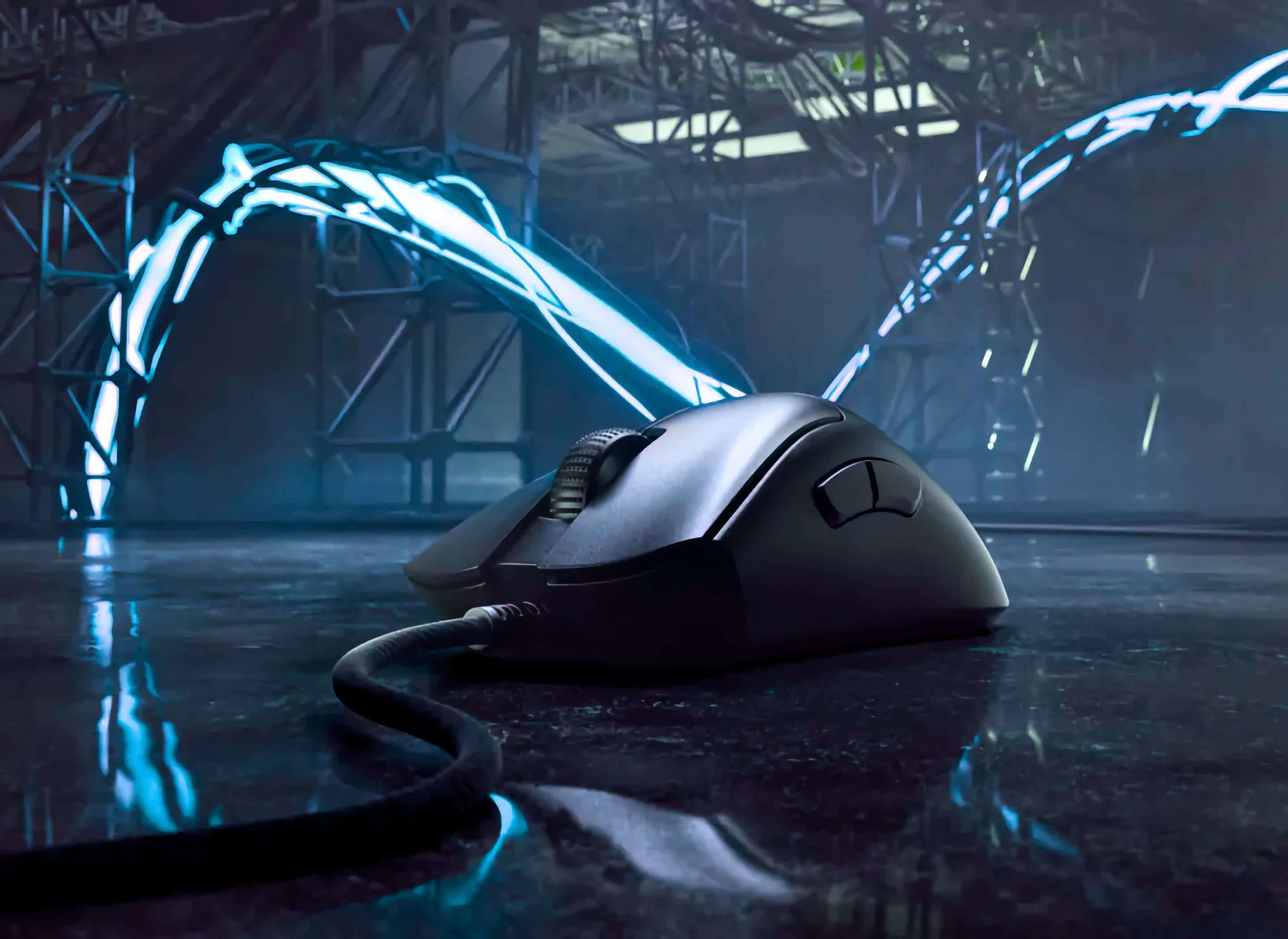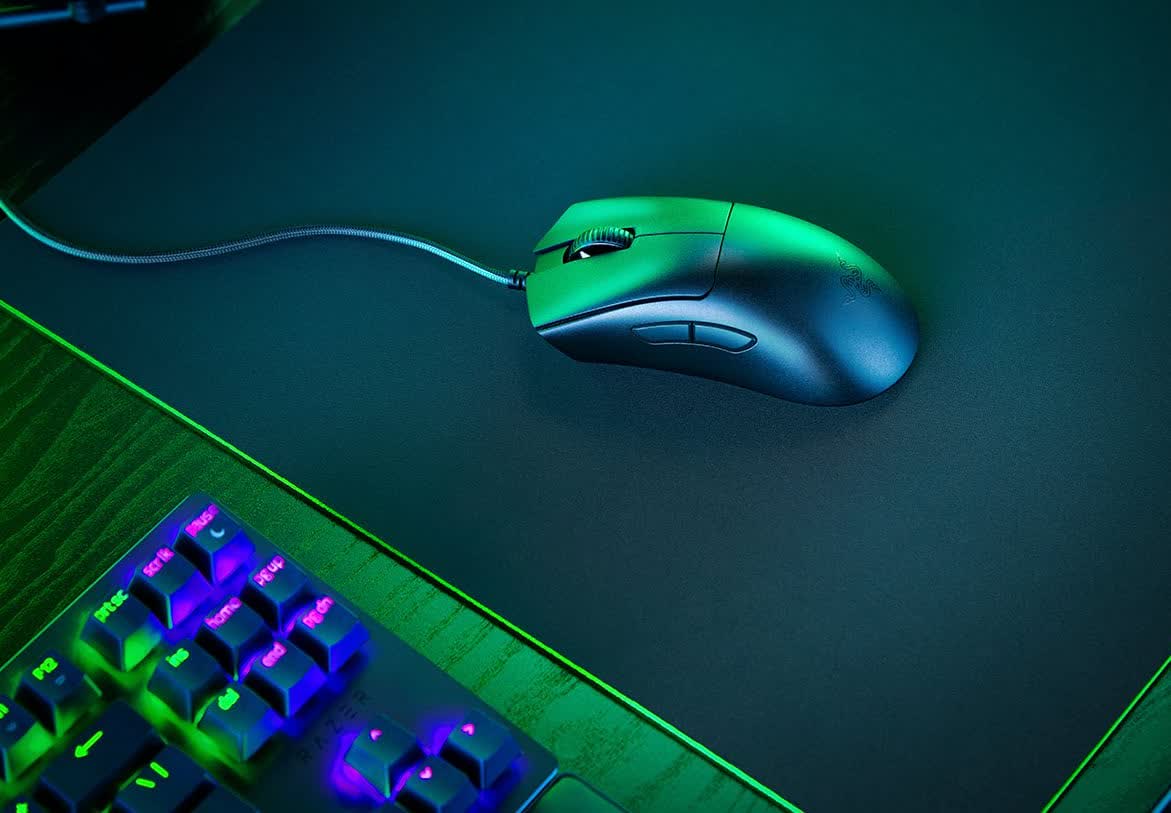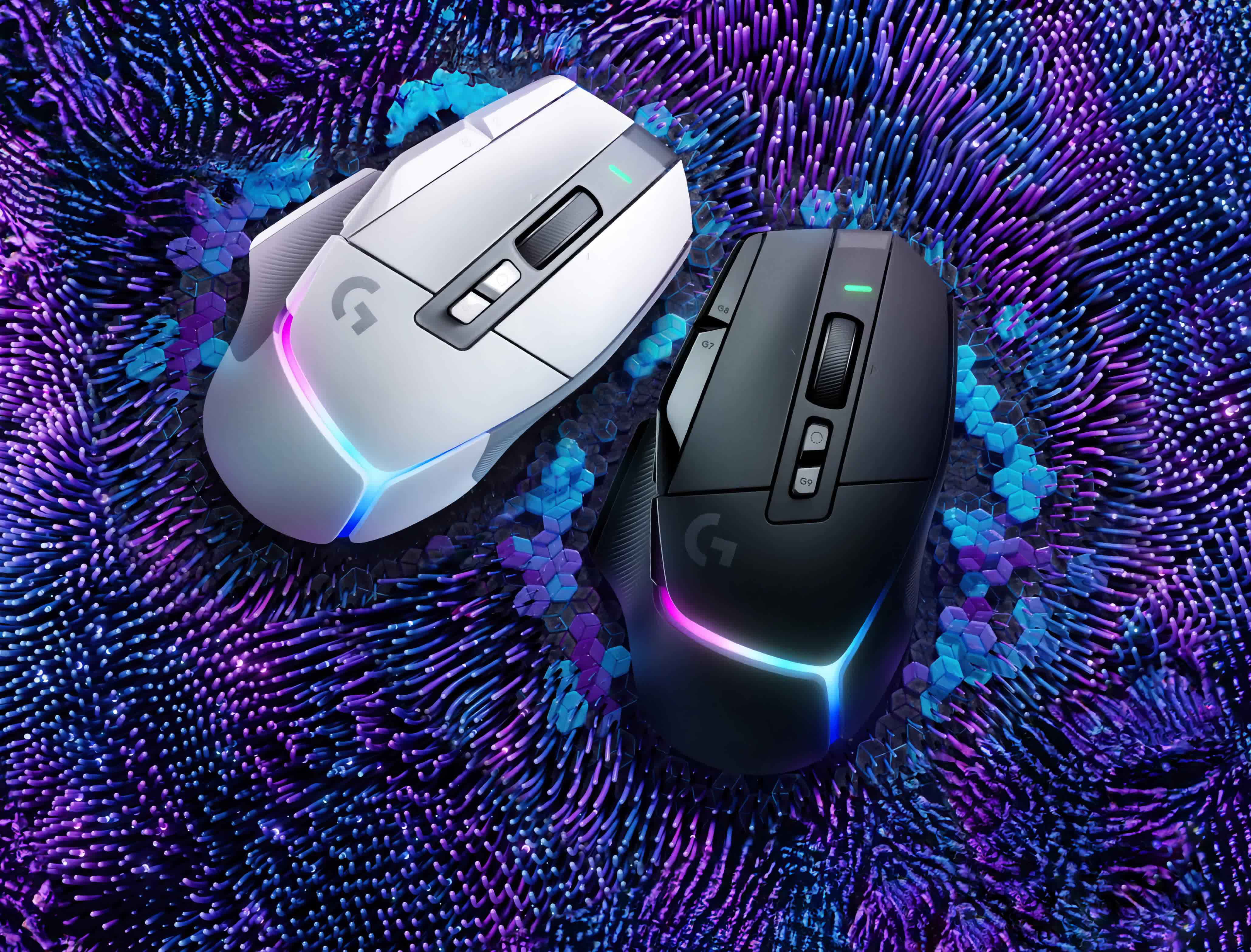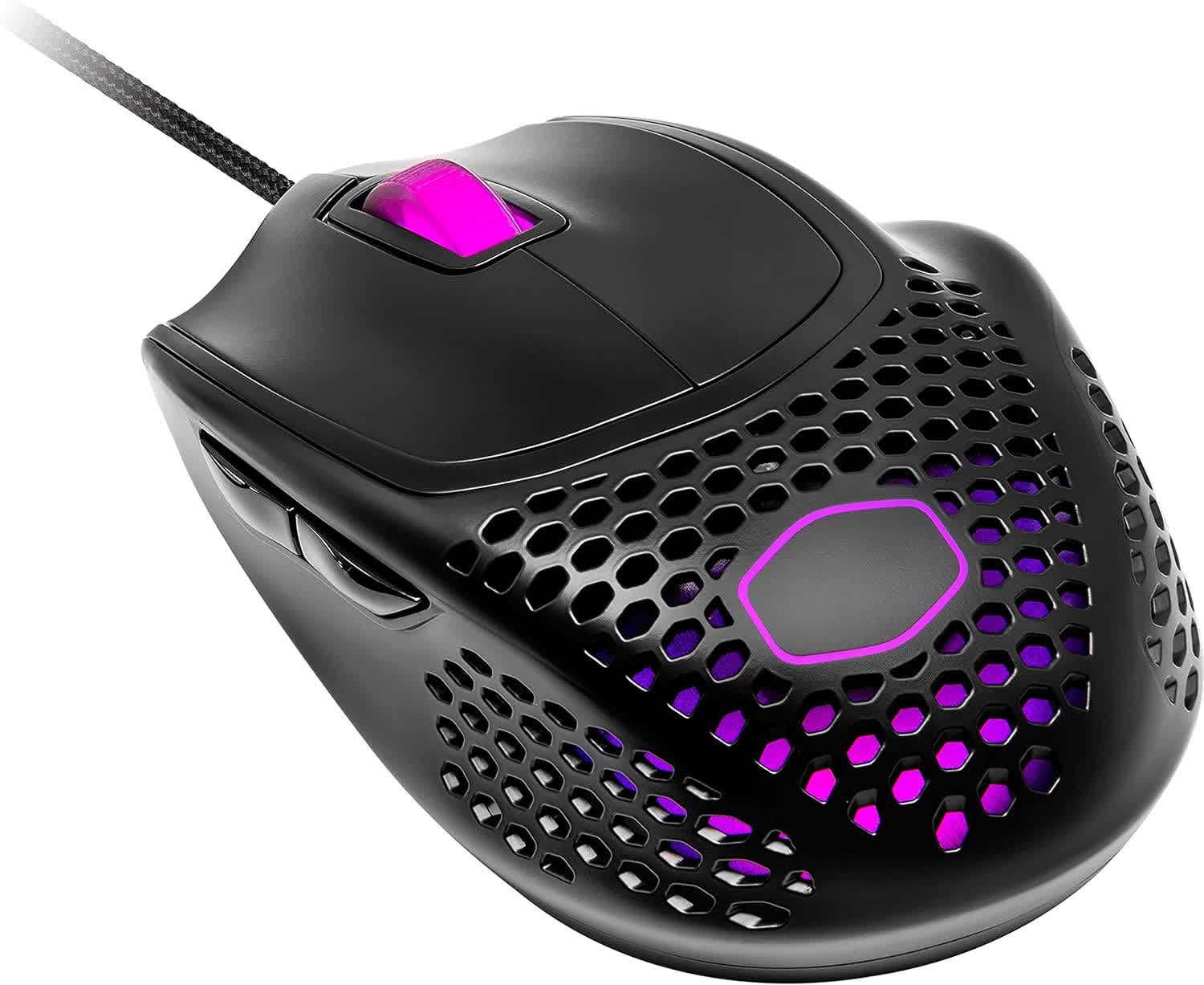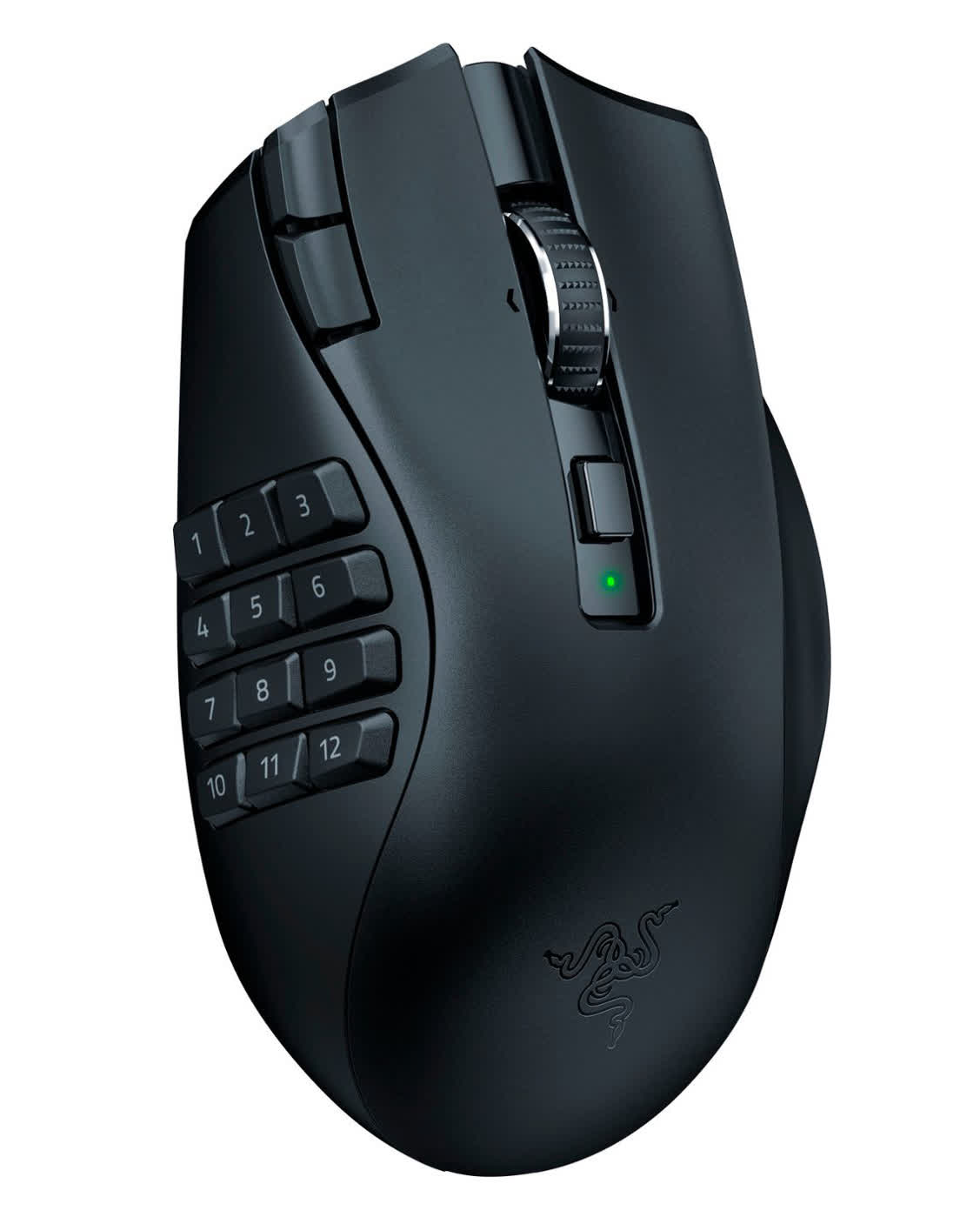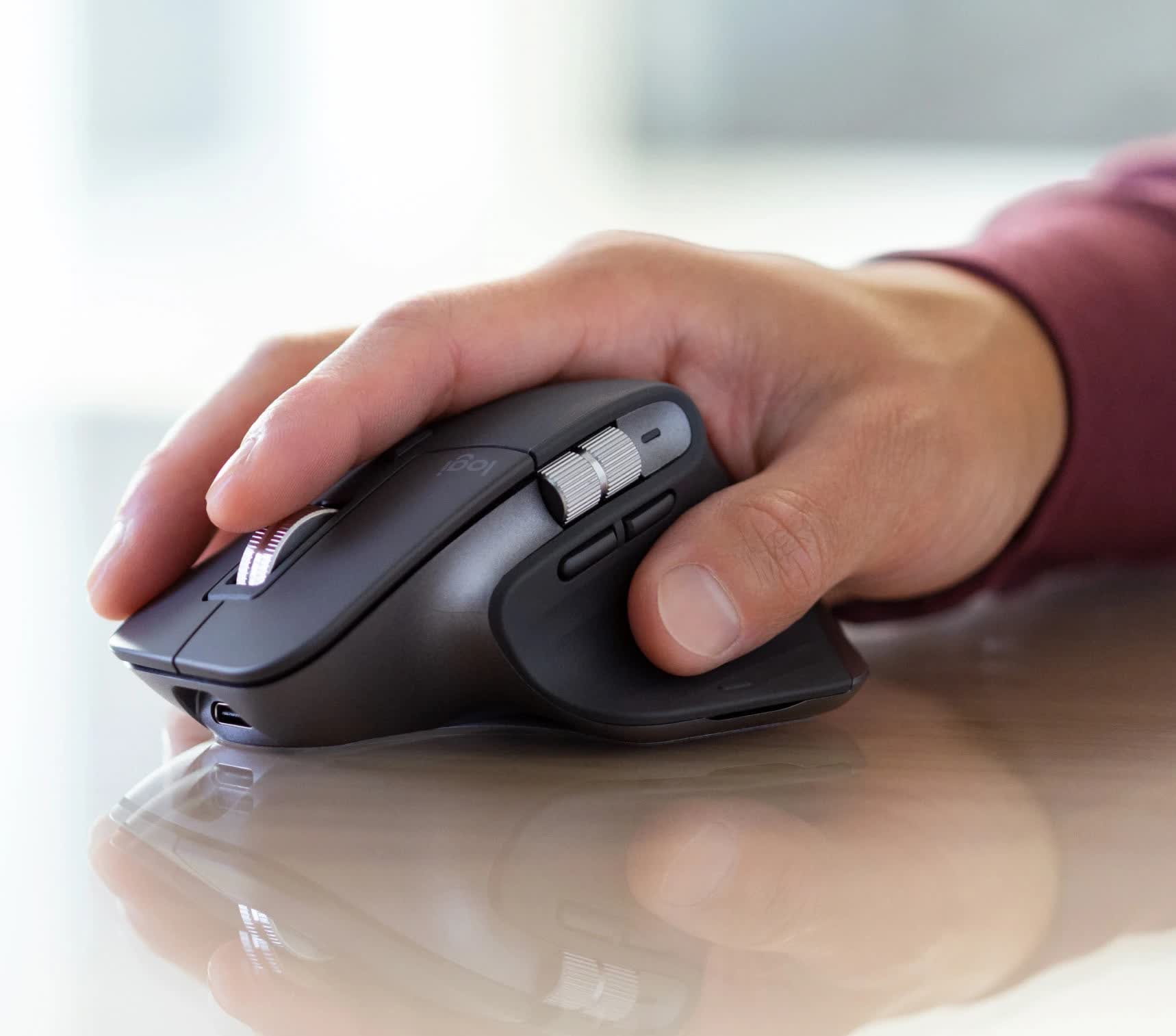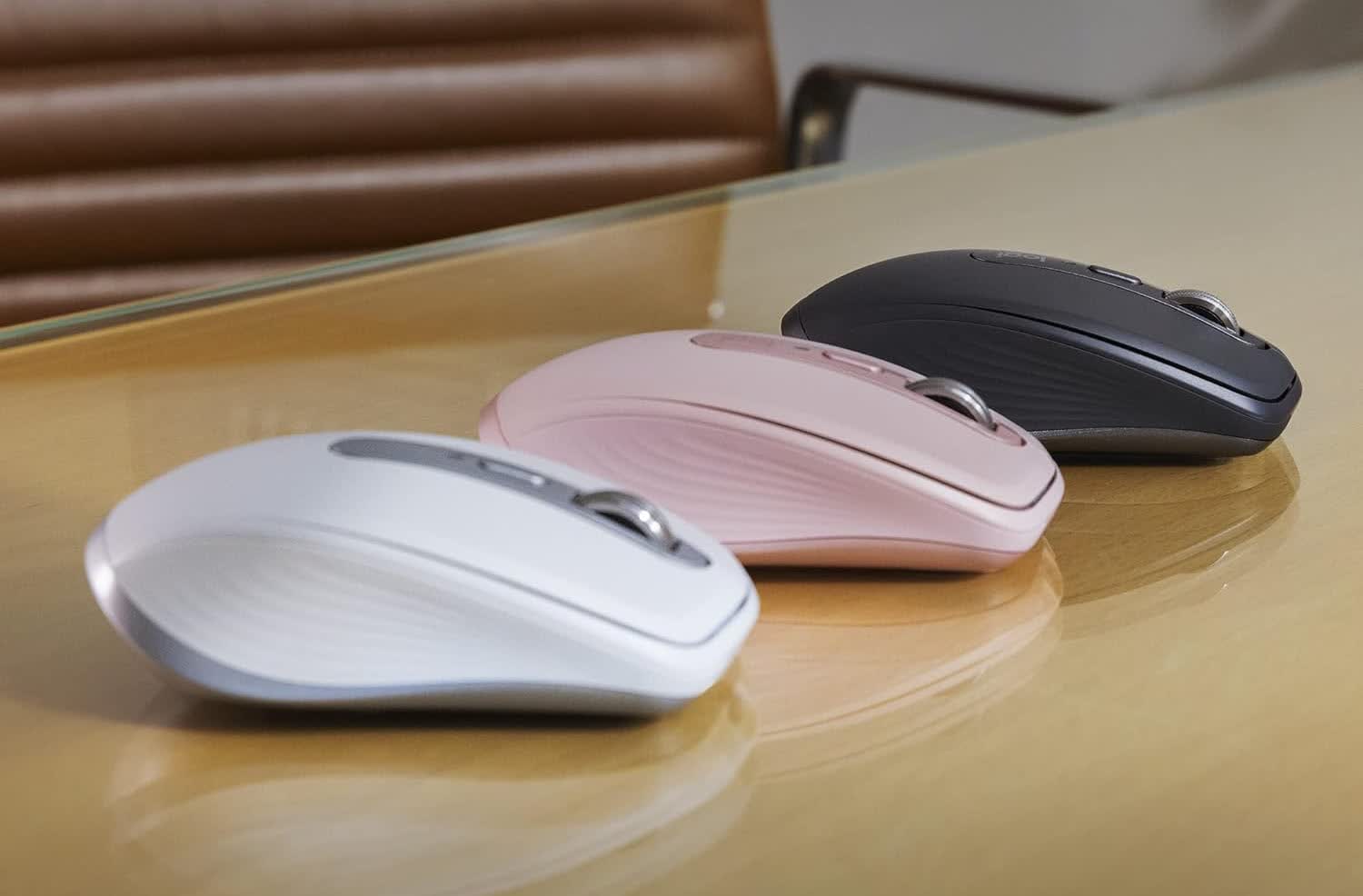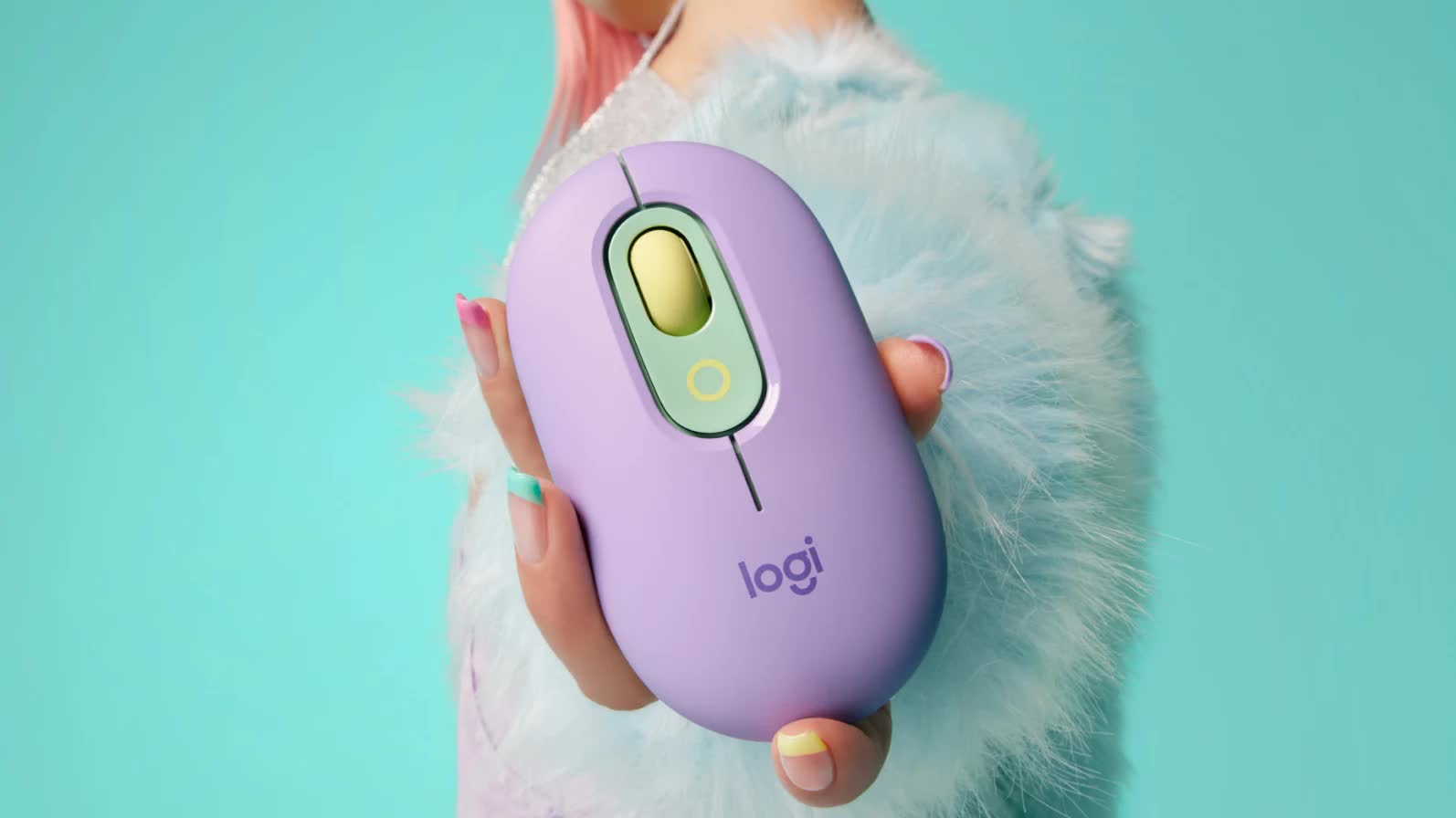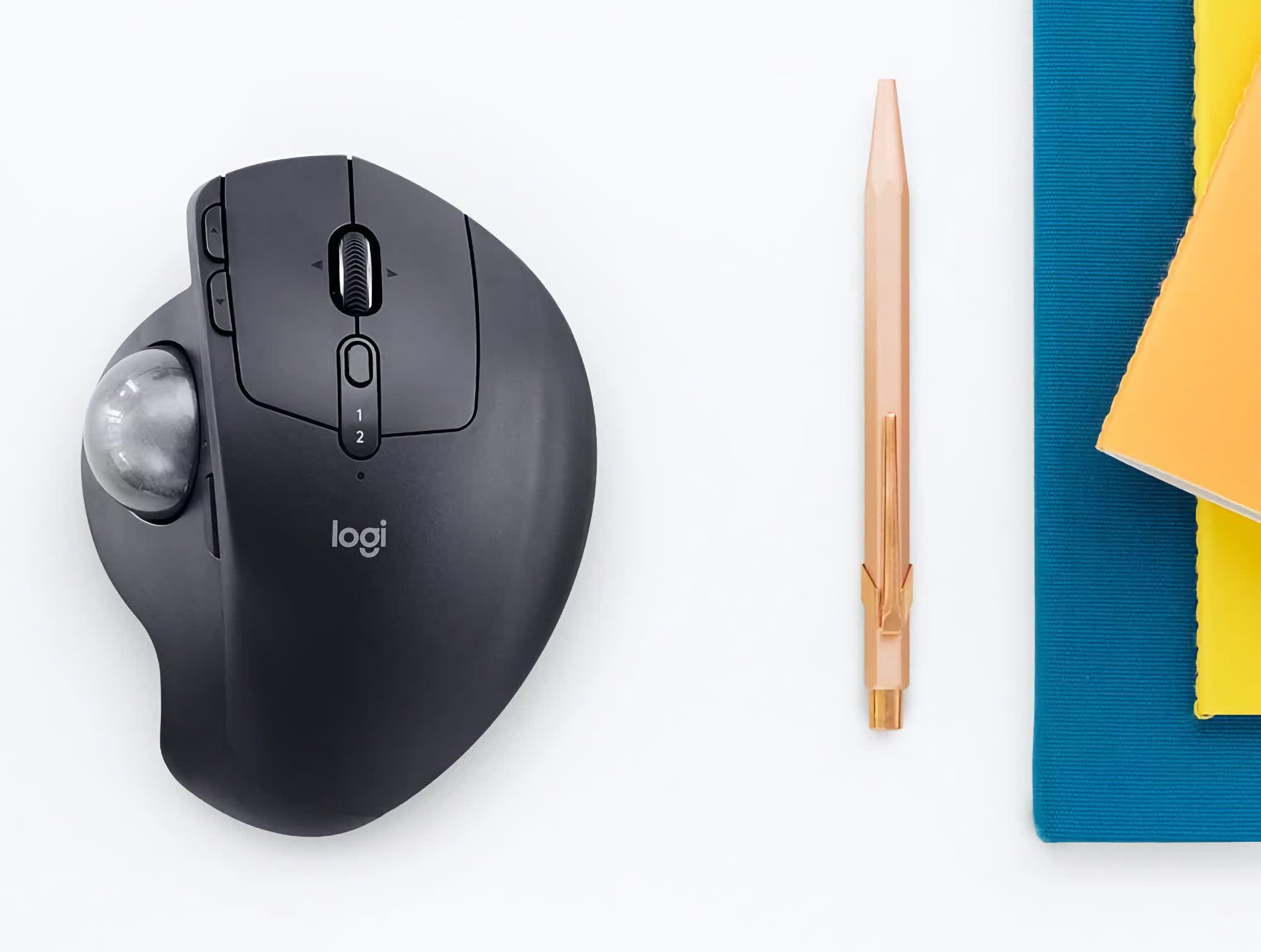A quality mouse is the most cost-effective way to improve your experience using your PC. If you still use the cheap mouse you got with your desktop PC (or God forbid, your laptop's trackpad – with few exceptions), you'll be amazed by the difference in accuracy, comfort and features. The best mice today are much lighter, more sensitive, and more durable than just a few years ago. The problem is, with countless options, how can you choose the best mouse for you?
You may be surprised to learn that on its own, the question of whether a mouse is wired or wireless doesn't mean much. With a 2.4GHz adapter, a wireless mouse can perform just as well as a wired one. However, such an adapter requires a USB port, just like a wired mouse. The difference starts when the mouse uses Bluetooth, which limits its polling rate to 125Hz, but allows it to connect to several devices simultaneously.
Another way the market is divided is between gaming and non-gaming mice. While the cheapest mice shouldn't be used for any game that requires accurate movement, gaming mice are good for almost any task. Some of them are loaded with RGB lighting and extra buttons, while others are surprisingly elegant. It's also important to choose an ergonomic mouse that fits the shape of your hand, which becomes harder if you are left-handed. In this guide, we've chosen our favorite mice for each use case.
Best Gaming Mouse
Razer DeathAdder V3 | Logitech G502 X | Cooler Master MM720
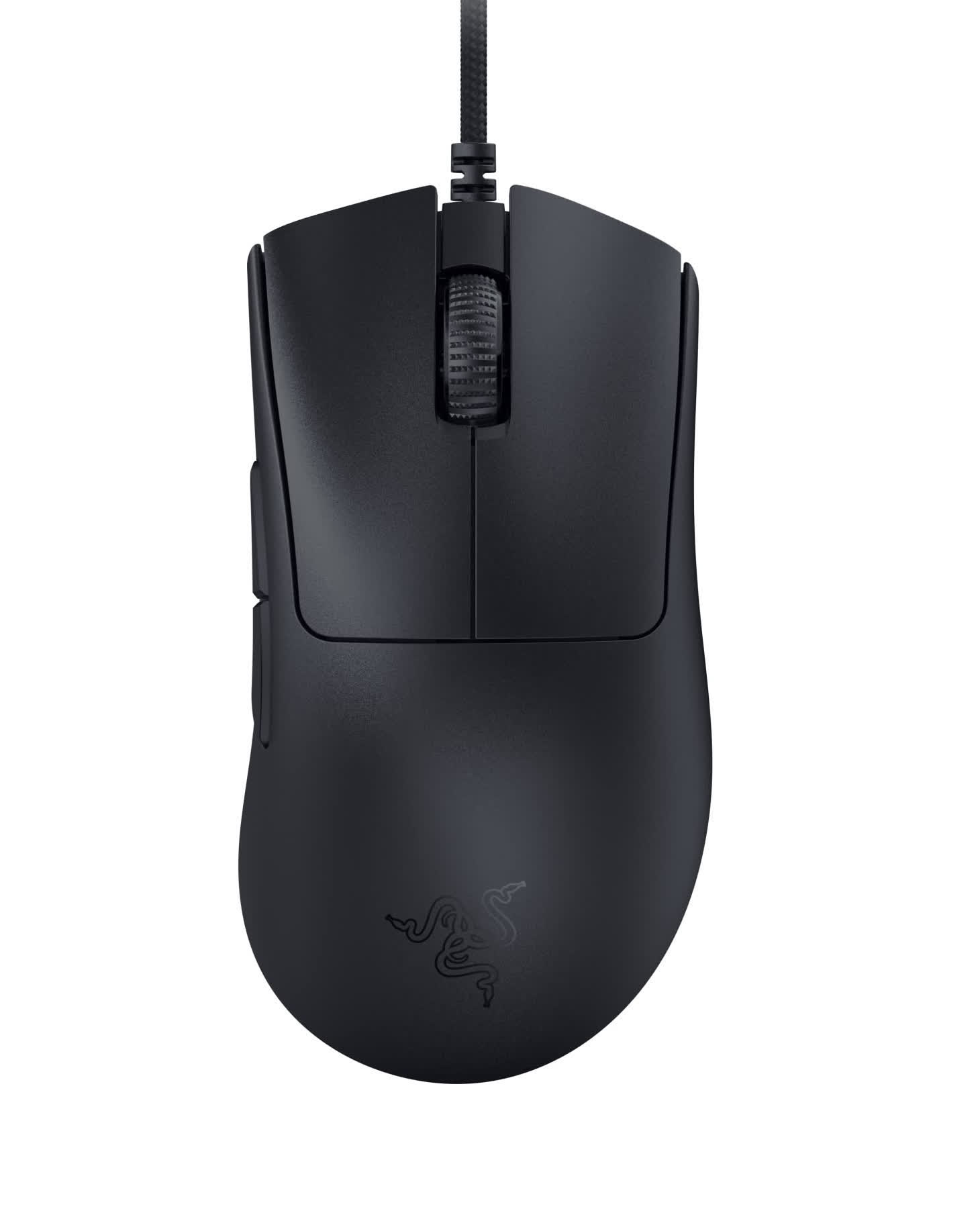
The Razer DeathAdder has been a staple in gaming mice for almost two decades, known for its iconic right-handed design as well as its gaming performance. With the DeathAdder V3, the company has chosen function over form, with a less curvy shape and main buttons that are completely separate from the rest of the body. Weight has also been reduced to 59g (without the cable) from the DeathAdder V2's 82g. The wireless Pro version ($144) is slightly heavier at 63g, or 64g for the white version ($135).
In terms of performance, the DeathAdder V3 stands out with an optional 8KHz polling mode in addition to the industry standard 1KHz. In the Pro version, this mode requires a $30 dongle, and reduces the expected battery life to 17 hours from 90. The mouse features a maximum sensitivity of 30,000 dots per inch (DPI) for effortless movement from one side of any multi-monitor setup to the other. It also accurately tracks movement at up to 750 inches per second and 70g acceleration. Thanks to using optical switches, it's rated for 90 million clicks.
The DeathAdder includes a hidden button to switch between five adjustable DPI levels. The mouse utilizes internal storage, so you can retain your preferred speed settings and key bindings across devices. The wired version allows for five different setting profiles, while the Pro version only does for one. The V3 only has two side buttons for your thumb, and unlike the previous version doesn't have LED logo and scroll wheel, but if you simply want a great gaming mouse, this is the one for you.
Best Features
Logitech G502 X
If you want a mouse with more buttons and features, then the Logitech G502 X is your best option. In addition to two side buttons, the mouse includes two edge buttons for changing DPI on the fly, as well as a removable, two-direction "sniper button", for temporarily lowering DPI. The scroll wheel functions as two additional buttons by tilting left and right, and another button lets you switch between "stepped" and smooth scrolling. The final button allows switching between setting profiles.
The G502 X uses hybrid optical-mechanical switches, enjoying the speed and durability of optical-only switches while not being as easy to click by accident. The Hero 25K sensor offers a maximum 25.6K DPI, and rated for respectable 400 IPS and 40g acceleration. At 89g, it's also light for a mouse with so many buttons.
The wireless G502 X Lightspeed ($100) is heavier at 102g, but offers 140 hours of battery life and wireless charging with the Powerplay mousepad ($109). The G502X Plus ($133) adds eight-zone RGB lighting, but activating the lighting cuts expected battery life to 37 hours from 130. All versions can store five setting profiles.
If you want to save some money or prefer a heavier mouse, the last-gen G502 ($40) weights 121g, which can be increased up to 139g with five included weights. It uses traditional mechanical switches and a fixed sniper button, but offers an RGB logo.
Best Value
Cooler Master MM720
At 49g, the Cooler Master MM720 is one of the lightest gaming mice on the market. It achieves this weight without compromising material quality thanks to its honeycomb design. With IP58 water and dust resistance, it's also washable, removing any concern regarding its internal part accumulating dirt.
With a short body and a rest for the ring finger, it perfectly fits in all but the largest hands. Its button configuration is similar to that of the DeathAdder V3.
Considering its price, the MM720's specifications are almost puzzling: a 16K DPI is enough for any realistic display setup, and 400 IPS and 50g acceleration ratings compete with the best on the market. With optical switches, the mouse is rated for 70 million clicks. It also has internal memory and two RGB zones.
It comes in a box that can barely fit the mouse itself, and yet includes replacement feet and optional grip sticks. For $25, it's one hell of a deal.
Most Buttons
Razer Naga V2 Hyperspeed
If you play games that utilize many buttons and want most of them to be on your mouse, then the Razer Naga V2 Hyperspeed will get you the best value. It uses the same Focus Pro 30K sensor as the DeathAdder V3 with traditional mechanical switches. Those are high-quality, however, so in terms of longevity they aren't a big compromise, rated for 60 million clicks.
The Hyperspeed has 12 side buttons, and the rest of the buttons are similar to those of the G502 X, except for the sniper button and profile switcher, as the mouse can only store one settings profile.
The main problem is that the mouse doesn't have a rechargeable battery or a cable connector, so you'll need to replace its battery from time to time. Without the battery, the mouse weighs 95g, which is reasonable for the number of buttons.
If you aren't happy with this feature set (and don't want to pay double for the over-featured Pro version), Corsair offers the Scimitar Elite Wireless ($110), with better specifications than the wired version (26K DPI, 650 IPS, 50g acceleration), a sliding RGB 12-button side panel to fit your thumb's length, optical switches rated for 100 million clicks and the ability to store three setting profiles. It weighs 114g, but that includes a rechargeable battery.
Best for Lefties
Logitech G Pro Wireless | Razer Naga
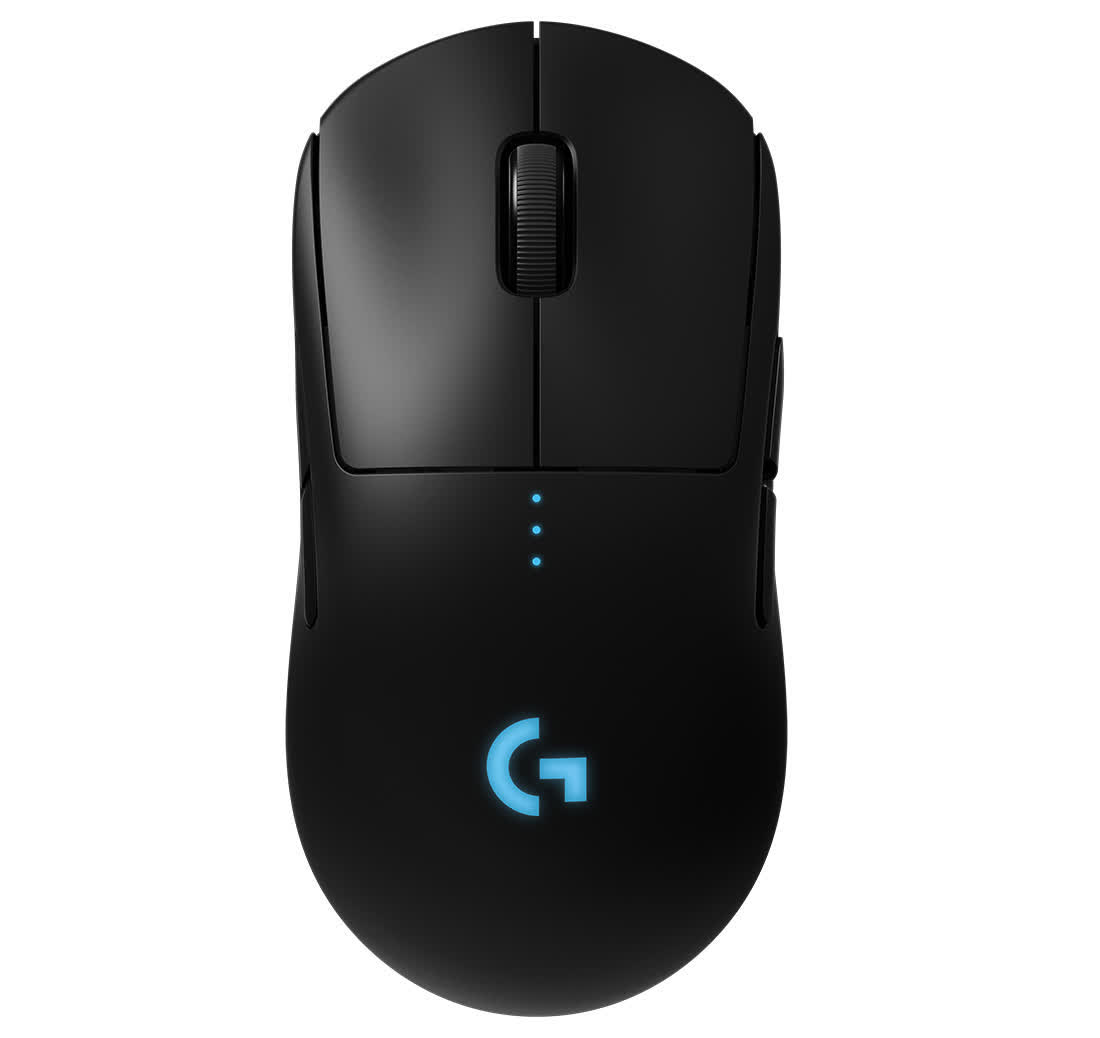
It's never been an amazing time to be a left-handed gamer. While many mice look ambidextrous at first sight, few actually work as such. The SteelSeries Sensei series has been discontinued, and the latest models in the Razer Viper and Logitech G Pro series only have side buttons on the left side. Such models mostly cater to right-handed gamers who don't care about ergonomics because only a small portion of their hand touches the mouse when they play (known as claw or fingertip gripping).
Of the truly ambidextrous mice still in production, the Logitech G Pro Wireless seems to be your best option. Not only does it have two buttons on each side, but you can remove the buttons you don't need. A weight of 80g now sounds heavy for a relatively simple mouse, but it's still lighter than other, more button-heavy alternatives.
The mouse uses the same Hero 25K sensor as the G502 X series, with a 25.6K DPI sensitivity, and speed and acceleration ratings of 400 IPS and 40g, respectively. It has a rechargeable battery good for 60 hours (48 with the RGB logo on), and support for five onboard setting profiles and wireless charging with the Powerplay mousepad.
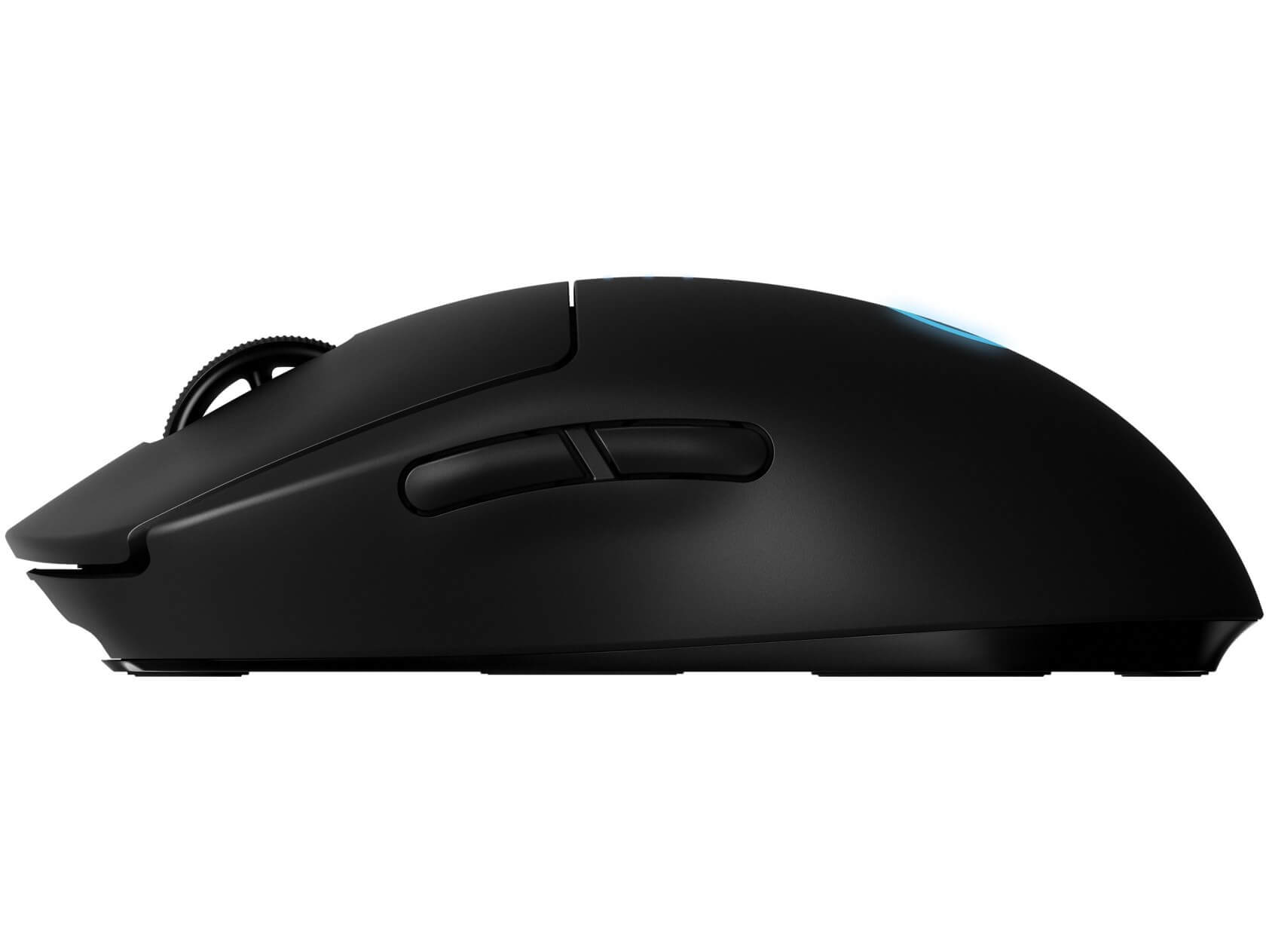
Some say the Corsair K55 RGB Pro is a good alternative for the price ($40), but we tend to disagree. Corsair claims a sensitivity of 12.4K DPI, despite using a 6.2K sensor, so that's probably a software modification. Corsair doesn't advertise the mouse's speed and acceleration ratings (220 IPS and 30g are the sensor's native numbers), raising concerns that the software tweaks hurt it in that regard. With onboard storage, an RGB logo and switches rated for 50 million clicks the K55 has a place on the market, but Corsair needs to be clear about what it is.
Razer Naga Left-Handed Edition
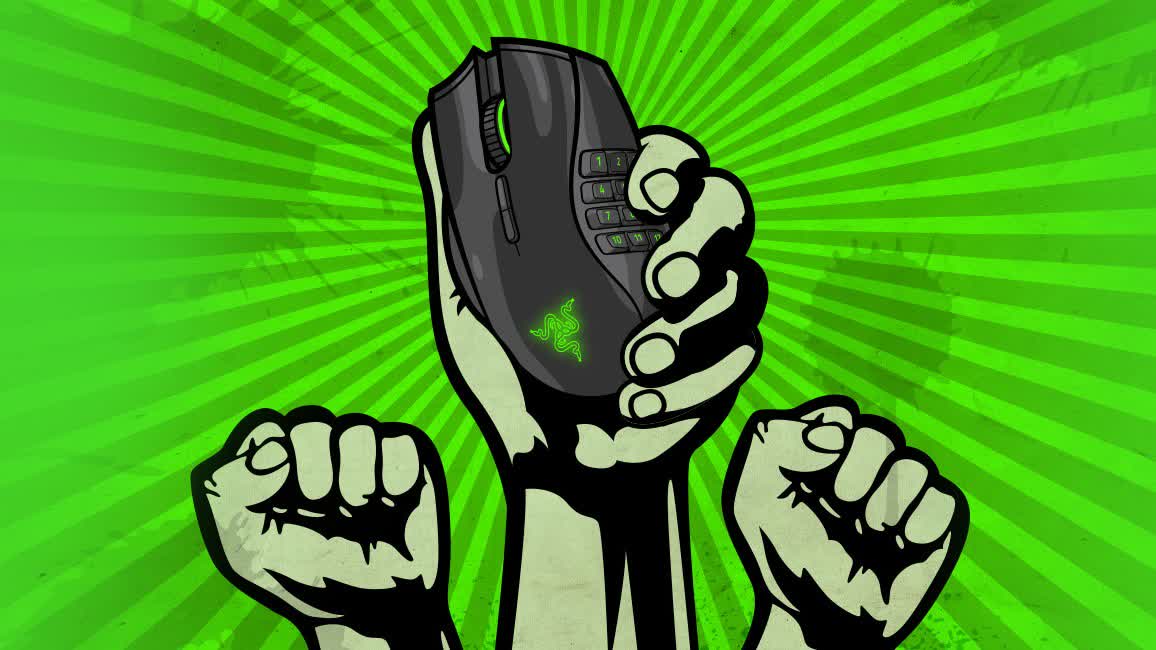
If you want a true left-handed gaming mouse, then the Razer Naga Left-Handed Edition is your only choice. At 109g it's not light, but at least it has enough buttons with 12 on the side.
The scroll wheel tilts left and right, adding two buttons to the count, and another two above the wheel can change the mouse's DPI. A maximum DPI of 20K is probably more than you need, and 650 IPS with 50g acceleration is more than you should expect from a niche product.
Rated for 50 million clicks, you won't need to search for another leftie mouse any time soon. RGB logo and side buttons, as well as five onboard setting profiles, make it a complete package.
Best for Basic Use
Razer DeathAdder Essential

At less than $30, the DeathAdder Essential is marketed as a budget gaming mouse, but it is in fact a superb mouse for general use, which is our primary recommendation. Its design resembles that of the older DeathAdder V2 and Elite models, making it significantly more ergonomic and sought-after than the average desktop mouse. We have recommended the older DeathAdder models for years, and some of us continue to use them, so we definitely are into its overall shape and feel.
The Essential gets more basic specs however. It's only rated for 10 million clicks, still a lot for non-gaming use. Other specs are also good, though arguably dated for gaming enthusiasts, like its its 96g weight and mechanical switches. A maximum DPI of 6400 can feel slow when using several high-resolution monitors, but if you can afford those, you are looking at the wrong category.
A speed of 220 IPS and 30g acceleration are also much more than you are going to experience outside of gaming. If you are worried that the green LED logo and scroll wheel on the black version will stand out in your office, you can check out the all-white version instead.
Best for Work
Logitech MX 3S | Logitech POP

The Logitech MX Master 3S is the new and improved version of the MX Master 3. Maximum DPI has been raised to 8K from 4K, which can make the mouse feel faster when using a high-resolution display or a multi-monitor setup. The new switches are much quieter and lower pitched than the older ones, but are also more prone to accidental clicking.
Other than that, the MX Master 3S has all of its predecessor's advantages. With a laser sensor, it can work on any surface, including glass. Its magnetic scroll wheel isn't just near silent, but also much faster and more precise than others in free scroll mode. You can switch between that mode and ratchet mode with the click of a button, or the mouse can do it on its own based on the app you're using and your scrolling speed.
The additional thumb scroll wheel is useful for horizontal scrolling on spreadsheets and browser tab switching, and a tiny button on the thumb rest can be used for actions you don't want to perform by accident, such as app switching.
The MX Master 3S has a rechargeable 70-day battery, but the USB cable can only be used for charging. It comes with a USB receiver, but even with it its polling rate remains 125Hz, so it can't be recommended for gaming.
On the other hand, it can use Bluetooth to connect with up to three devices running Windows, macOS, Linux, iPadOS or ChromeOS. You can switch between devices with a hidden button, or use Windows and macOS computers as if they were different monitors connected to the same device, including copying text and files from one computer onto the other.
The pocket-friendly Logitech MX Anywhere 3S ($80) doesn't offer everything its bigger brother does, but retains enough of its features to differentiate itself from similarly priced gaming mice. It has no thumb rest or horizontal scroll wheel (although by default its main wheel scrolls horizontally when one of the side buttons is pressed).
With a symmetrical shape and no buttons on the right side, it's neither ergonomic nor ambidextrous. Unlike its predecessor, it doesn't come with a USB receiver. Yet, when you can't carry the Master with you, it's your best option.
Logitech POP Mouse
If you want to enjoy Logitech's multi-device capabilities for as little as possible, a mouse aimed at teenagers may be what you are looking for.
With no buttons on either side, the Logitech POP Mouse is fully ambidextrous. It does have a middle button around the scroll wheel, which by default launches the all-important emoji menu. It doesn't have a button for switching between scrolling modes, but it does so automatically. Adjustable DPI up to 4K is a big improvement over the fixed 1K in older Logitech mice such as the M720 Triathlon.
Most Ergonomic
Logitech MX Ergo | Logitech Lift
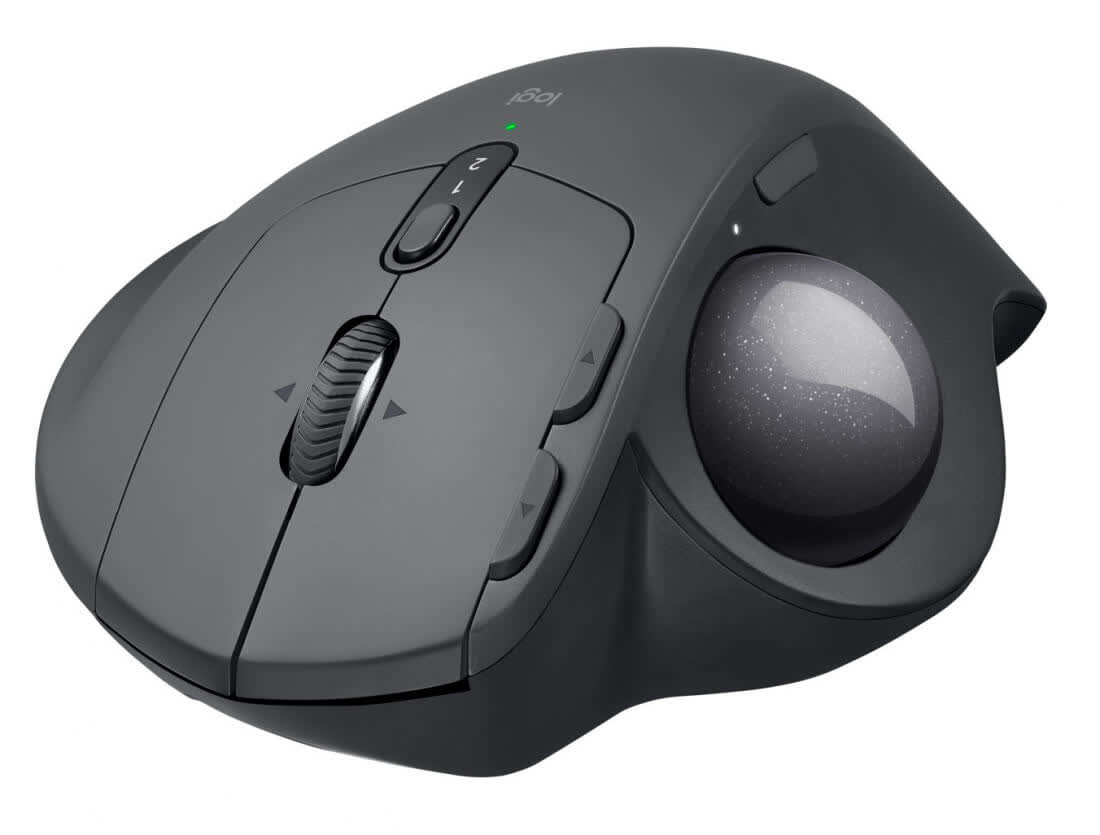
If you experience pain from repetitive wrist or elbow movement, the solution may be a mouse that doesn't require it. The Logitech MX Ergo relies on a trackball controlled with the thumb for moving the cursor. In addition to its overall ergonomic shape, it can be tilted 20 degrees to the side for a more natural hand position. Since it doesn't need to move, it can work on any surface and requires no extra space for movement.
Because it's a relatively old model, the MX Ergo has several drawbacks compared to newer Logitech mice though. It's scroll wheel isn't magnetic, and doesn't support smooth scrolling (it does tilt left and right, serving as two extra buttons). It can only connect to two devices at the same time rather than three. It has a Micro-USB connector, so you'll need to charge it with a different cable from the one most your devices use, but you won't need to do it often thanks to its 120-day battery life.
If you only use one computer at a time, you can save good money with the Logitech Ergo M575: the new version of the classic M570. Its scroll wheel doesn't tilt, and it doesn't have a button to switch between two DPI levels. It also doesn't have a rechargeable battery or a tilting body, but it's half the price.
The main reason not to get it is that you prefer to share the movement load between two fingers with the Nulea M505 ($33), or three fingers with the ambidextrous Kensington Expert (starting at $64).
Logitech Lift
Another take on an ergonomic mouse is a vertical mouse, which keeps your hand at a more natural position than other pointing devices. Despite being cheaper and having no rechargeable battery, the Logitech Lift is arguably better than our previous vertical choice, the MX Vertical.
The Lift's main buttons are curvy and more comfortable, and also use quieter switches. The scroll wheel supports a smooth scrolling mode and automatic mode switching. With a lower center of gravity, it's less likely to fall over. For some people, the most important addition is having a left-handed version. Conversely, the main reason to get the more expensive MX Vertical ($89) is having very large hands.
That's not to say the Lift is an affordable device, because it's not, which leaves a large gap in the market for cheaper alternatives by smaller brands. However, some of those alternatives seem to have been getting worse customer reviews lately, indicating that they switched to different parts that don't work as well. Of the current options, we would bet on Nulea again with the wired M504 for $20.
